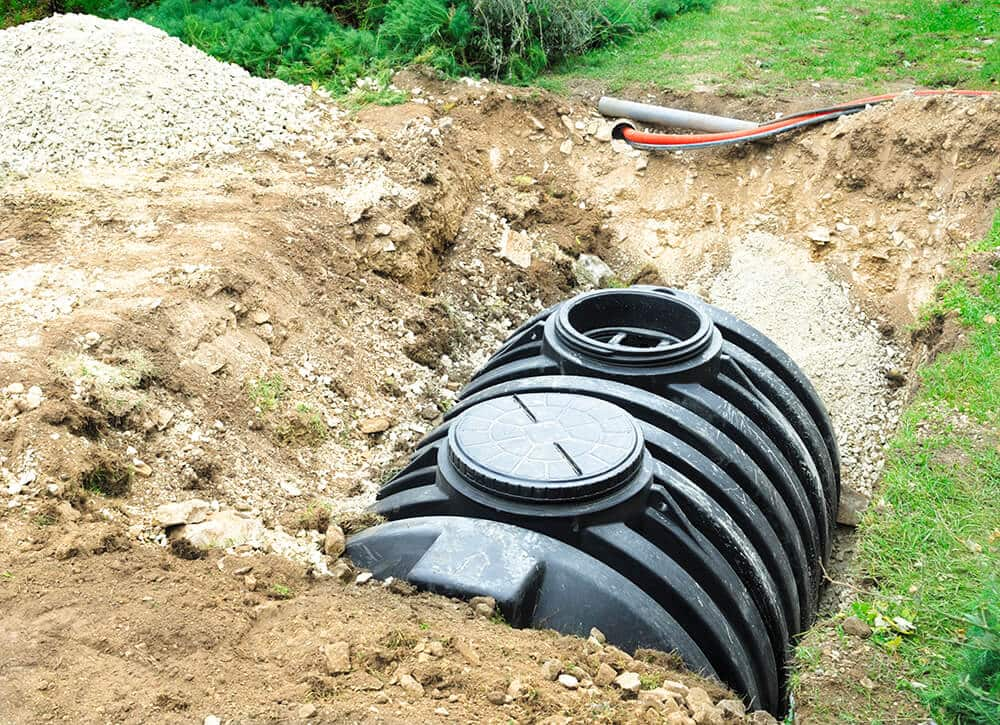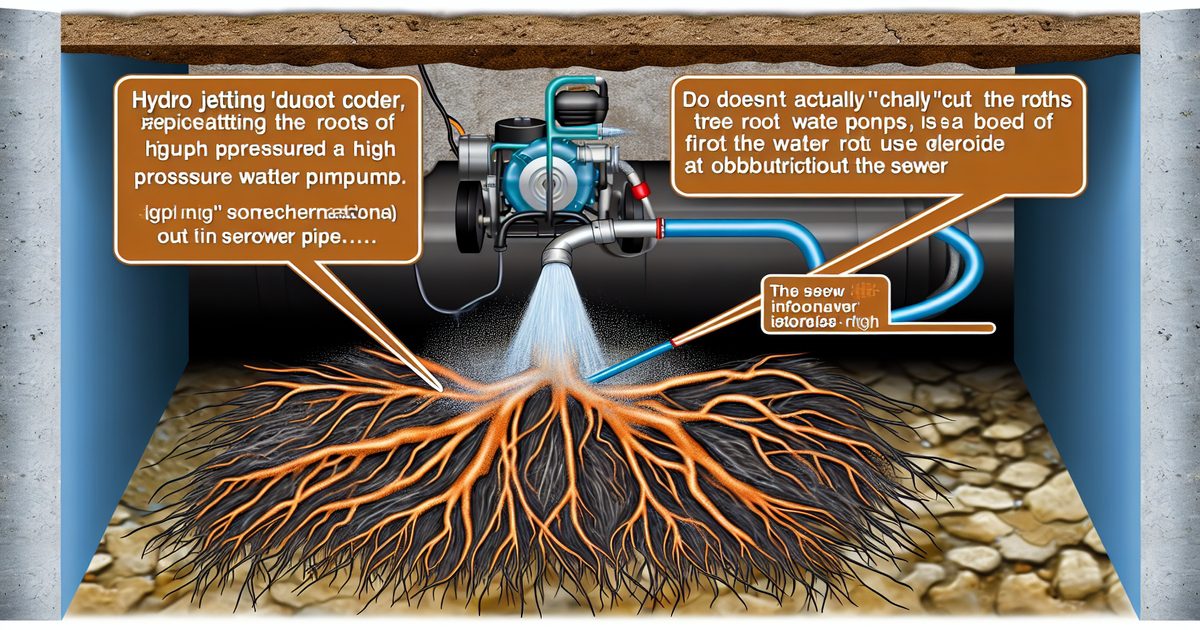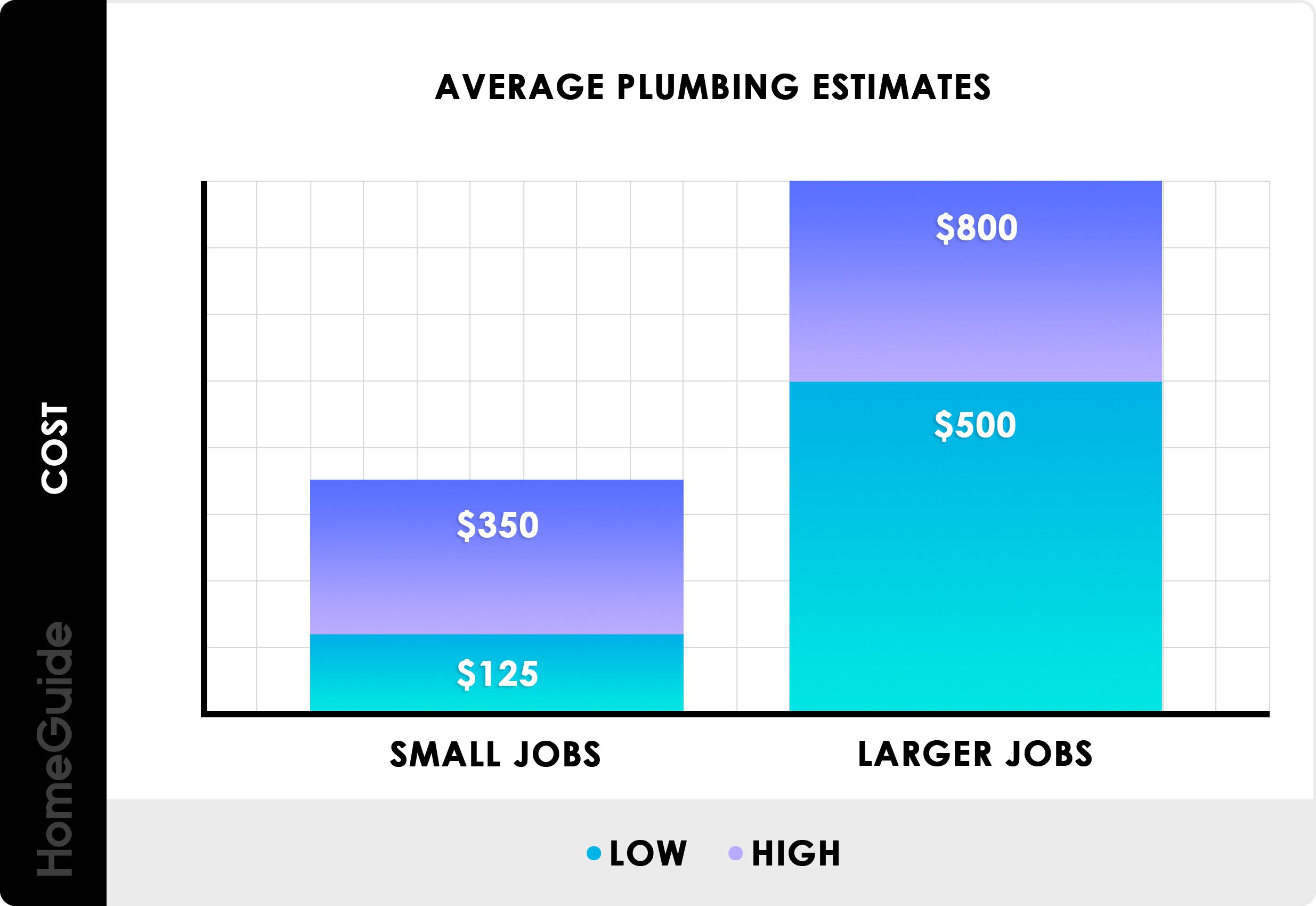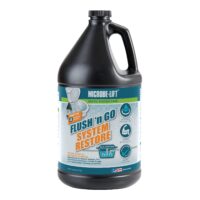The septic tank price list varies depending on the size and materials, starting at around $500 for smaller tanks. A septic tank is an essential component of a residential or commercial sewage system.
It is responsible for removing and treating waste water from toilets, showers, sinks, and other household or business sources. If you are considering installing a septic tank, it is important to understand the cost implications. The septic tank price list can vary depending on several factors, including the size of the tank, the materials used, and any additional features or accessories.
This article will provide you with a comprehensive overview of septic tank prices, helping you make an informed decision and budget accordingly.
1. Factors Affecting Septic Tank Price
Factors such as the size, material, installation complexities, region-specific costs, and additional features and accessories can all influence the price of a septic tank. The size of the septic tank is a significant factor, as larger tanks tend to cost more than smaller ones. The material used to construct the tank can also impact the price, with options such as concrete, plastic, and fiberglass having different costs. Additionally, installation complexities can affect the overall price, as more challenging installations may require additional labor and equipment. Region-specific costs can vary based on factors such as local regulations and market conditions. Finally, the inclusion of additional features and accessories like alarms, filters, or effluent pumps can drive up the cost. When considering the price of a septic tank, it is crucial to consider these various factors to ensure you choose the best option for your needs and budget.
| Factors Affecting Septic Tank Price |
|---|
| Size of the septic tank |
| Material of the septic tank |
| Installation complexities |
| Region-specific costs |
| Additional features and accessories |
2.1 Concrete Septic Tanks
|
Durability and longevity: Concrete septic tanks are known for their durability and long lifespan. They can withstand heavy loads and are resistant to corrosion, making them a reliable choice for long-term use.
|
2.2 Plastic Septic Tanks
Plastic septic tanks come in various sizes and designs, offering an affordable option for those looking for cost-effective septic tank solutions. With a wide range of prices available, homeowners can choose the one that fits their budget and needs.
| 2.2 Plastic Septic Tanks | |
|---|---|
| Lightweight and easy installation | |
| Average cost range | Plastic septic tanks generally range in cost from $500 to $2,000. |
| Pros and cons |
|
| Maintenance requirements | Regular maintenance is essential to keep plastic septic tanks functioning properly. This includes frequent inspections, pump-outs every 3-5 years, and avoiding the use of harsh chemicals or excessive water usage. |
2.3 Fiberglass Septic Tanks
With its durable and cost-effective construction, the 2. 3 fiberglass septic tank offers an affordable option for those in need of a reliable sewage solution. Discover the prices of fiberglass septic tanks in this comprehensive list.
| 2.3 Fiberglass Septic Tanks | |
| Corrosion resistance | |
| Average cost range | $2,000 – $6,000 |
| Pros and cons |
|
| Maintenance requirements |
|
2.4 Steel Septic Tanks
Steel septic tanks are known for their strength and durability, making them a popular choice among homeowners. They are designed to withstand extreme weather conditions, resist corrosion, and provide long-lasting performance. The average cost range for a steel septic tank varies depending on the size and capacity needed. It is important to note that steel tanks can be more expensive upfront compared to other materials.
- Highly durable and resistant to wear and tear
- Can handle heavy loads and high water table areas
- Long lifespan
- Less susceptible to cracking and leaking
- Initial cost can be higher compared to other materials
- Requires regular inspection and maintenance to prevent rust and corrosion
- Installation may require specialized equipment and expertise
- Difficult to repair if damaged
Maintaining a steel septic tank is crucial to ensure its longevity and optimal performance. Regular inspection by a professional is recommended to check for any signs of corrosion or damage. It is important to keep the tank clean and free from any debris that could cause blockages. Proper water usage and disposal practices should also be followed to avoid overloading the tank. With proper care and maintenance, a steel septic tank can continue to function efficiently for many years.
3. Additional Costs Associated With Septic Systems
Septic systems come with additional costs that need to be considered, such as installation fees, permits, and maintenance expenses. These expenses should be added to the septic tank price list to get a complete understanding of the total investment required.
Excavation And Site Preparation
Before a septic system can be installed, excavation and site preparation are required. This includes leveling the area, removing any obstacles, and creating a suitable space for the septic tank and drain field. The cost for excavation and site preparation can vary depending on the size and complexity of the project.
Permits And Inspections
Obtaining permits and undergoing inspections are necessary steps in the installation and maintenance of a septic system. These processes ensure that the system meets local regulations and is safe for use. Permit fees and inspection costs should be accounted for in the overall budget for a septic system.
Drain Field Installation And Maintenance
The drain field is a crucial component of a septic system as it helps to filter and treat wastewater. Installing the drain field involves laying perforated pipes or chambers in trenches filled with gravel or sand. Regular maintenance, such as periodic cleaning and inspection, is essential to keep the drain field functioning properly.
Pumping And Cleaning Services
Septic tanks require periodic pumping and cleaning to remove solid waste and prevent overflow or blockages. Hiring professional pumping and cleaning services is necessary to ensure the septic system operates efficiently. The frequency of these services will depend on factors such as household size and water usage.
4. Tips For Saving Money On Your Septic Tank Purchase
Assessing your household needs is an important step in saving money on your septic tank purchase. Consider the size of your household and the amount of wastewater generated to determine the appropriate tank capacity. Consulting with a professional can also help you make an informed decision.
Comparing quotes from different suppliers is another way to save money. Take the time to research and request quotes from multiple suppliers to find the best price for the septic tank and installation services. Remember to review the reputation and reliability of the suppliers before making a decision.
Considering DIY installation options might be a cost-saving option if you have construction experience and knowledge. However, be aware that septic tank installation requires specific expertise and equipment. If you are not confident in your abilities, it is wise to hire a professional to avoid potential issues and costly repairs in the future.
Regular maintenance is crucial in preventing costly repairs down the line. Implementing a proper maintenance schedule, including regular inspections and pumping, can help extend the lifespan of your septic tank and save you money in the long run. Additionally, practicing good water conservation habits, such as using water-efficient appliances and limiting excessive water usage, can also reduce strain on your septic system.
5.1 Supplier A: [supplier Name]
Supplier A offers a variety of product options and features for septic tanks. Their pricing is competitive and caters to different budget ranges. The price range for septic tanks from Supplier A is affordable and suitable for various customer needs.
Customer reviews and ratings are a crucial aspect to consider when selecting a septic tank supplier. Supplier A has received positive feedback and high ratings from satisfied customers, further proving the quality and reliability of their products. Customers appreciate the durability and efficiency of the septic tanks provided by Supplier A.
In summary, Supplier A offers a range of septic tank options with attractive features. Their prices are affordable and the positive customer reviews attest to the quality of their products. Trusting Supplier A as your septic tank provider ensures you will receive a reliable and effective solution for your needs.
5.2 Supplier B: [supplier Name]
Supplier B, known for their quality septic tanks, offers a competitive price list that meets various budget requirements. Choose from a range of septic tank options that suit your needs.
When considering the septic tank price list, Supplier B offers a range of product options and features to meet different needs. Their septic tanks come in various sizes, materials, and designs, allowing customers to choose the one that best suits their requirements. From compact models suitable for small properties to larger tanks for commercial use, Supplier B ensures there is an option for every situation.
A significant factor to consider when investing in a septic tank is affordability. Supplier B offers reasonable prices that cater to different budgets, ensuring customers get the best value for their money. Additionally, they provide customer reviews and ratings for each product, allowing potential buyers to make an informed decision based on the experiences of others.
Ultimately, Supplier B’s septic tank price list offers a wide range of choices, ensuring customers can find a suitable option at an affordable price.
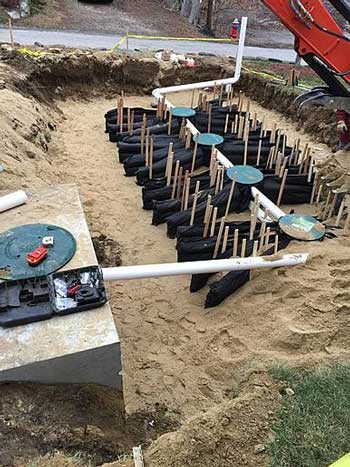
Credit: www.nexgenseptics.com
5.3 Supplier C: [supplier Name]
| Product | Features |
|---|---|
| Septic Tank A | Capacity: 1000 gallons Material: Fiberglass Durable and lightweight Easy installation |
| Septic Tank B | Capacity: 1500 gallons Material: Concrete Sturdy and long-lasting Suitable for heavy usage |
| Septic Tank C | Capacity: 2000 gallons Material: Plastic Affordable and resistant to corrosion Quick setup |
Supplier C offers competitive prices for their septic tanks. The price range for their products starts at $500 for the smaller capacity tanks and goes up to $1500 for the larger capacity tanks. These prices ensure affordability without compromising on quality and durability.
Customers who have purchased septic tanks from Supplier C have been highly satisfied with the quality and performance of their products. They have praised the durability, ease of installation, and affordability of the tanks. With consistently positive ratings and reviews, customers can trust Supplier C for their septic tank needs.
Frequently Asked Questions Of Septic Tank Price List
What Is The Most Expensive Part Of A Septic System?
The septic tank is the most expensive part of a septic system. It is responsible for storing and treating wastewater.
How Much Does It Cost To Put In A Well And Septic System In Wisconsin?
The cost of installing a well and septic system in Wisconsin can vary depending on factors such as location and specific requirements. Generally, homeowners can expect to pay between $10,000 to $30,000 for a well and septic system installation in Wisconsin.
How Much Does It Cost To Put In A Well And Septic System In Minnesota?
The cost of putting in a well and septic system in Minnesota varies depending on factors like location, soil conditions, and water table depth. On average, it can range from $10,000 to $20,000 or more.
How Many Gallons Is A Septic Tank For A House?
A septic tank for a house typically holds between 1,000 and 1,500 gallons.
Conclusion
To sum up, this comprehensive septic tank price list serves as a reliable guide for homeowners in assessing their budget for septic tank installation or maintenance. By understanding the factors that influence costs and comparing prices from different suppliers, individuals can make informed decisions and ensure the efficient and cost-effective management of their septic systems.
Stay informed, choose wisely, and enjoy the benefits of a well-maintained septic tank system.
